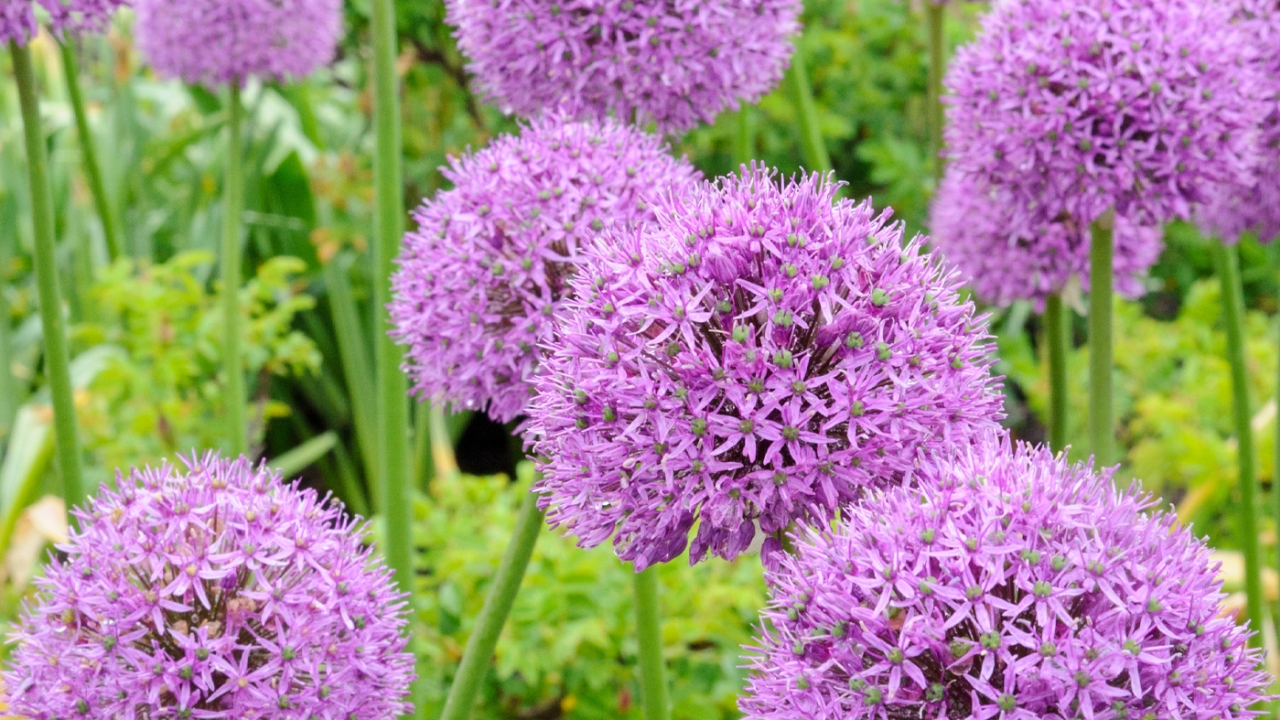

Seven-son-flower
Heptacodium miconioides
Seldom do we see a plant take the market by storm when newly introduced. Without the backing of a million-dollar advertising campaign, plants may take many years to become recognized by even the most avid horticulturists.
Heptacodium miconioides, or seven-son-flower, is a perfect example of a plant that remained unrecognized years after its introduction and is only now being rediscovered. Although it was first collected in 1907 by E. H. Wilson during an expedition to China, it wasn't until 1916 that a colleague of Wilson's, Alfred Rehder, actually attached a name to the collected specimens. Hepta- means "seven," and -codium refers to the flower head.
Then for nearly 65 years, Heptacodium was forgotten. But in 1980, another expedition to China resulted in the collection of viable seeds of this rare genus. Seeds and cuttings were then distributed by the Arnold Arboretum and the U.S. National Aboretum to several botanical institutions and nurseries. Since that time, the genus has gradually gained popularity. A member of the Caprifoliaceae (honeysuckle) family, the plant is related to viburnum and forsythia.
Heptacodium is an outstanding specimen plant. Grown as a small tree or large shrub, its multistemmed habit reaches 15 to 25 feet with a spread of up to 12 feet. Plants thrive in full sun but have been known to flower and remain healthy in partial shade. However, in shadier conditions, plants tend to develop a loose, irregular habit.
During early May, the glossy leaves emerge and remain attractive throughout the season. In late summer, at a time when few other woody plants are in bloom, creamy white, jasminelike blossoms emerge from the tips of the branches. The blooms are sweetly fragrant and persist for several weeks. To maintain this late bloomer's attractive shape, Heptacodium must be pruned judiciously during the winter before flower buds have formed.
While the flowers offer an exceptional display of their own, the most stunning trait of Heptacodium arrives after the flowers are spent. In early fall, the flowers mature and develop small, inconspicuous fruits surrounded by a persistent calyx (the ring of petallike leaves that forms the outer layer of a flower). The calyces turn a bright cherry red, resulting in another spectacular, eye-catching display.
Even during winter with flowers and foliage absent, the plants offer aesthetic interest. The bark is a light brown that exfoliates to expose a deeper brown beneath, resembling the river birch, Betula nigra, but lighter in color.
Heptacodium can be seen in the Chicago Botanic Garden’s Sensory Garden and the Pullman Shade Plant Evaluation Garden, where it thrives in dappled shade. The plants there are pruned annually for aesthetics and to control random suckering. Plants have performed well and flowered consistently each year. Researchers at the Garden have been studying Heptacodium, assessing characteristics such as flowering, fruiting, growth habit, and disease and pest resistance. Observed plants have proven to be cold hardy to temperatures as low as minus 30 degrees below zero while still maintaining superior flower and fruit displays.
Discovered almost 90 years ago but officially released only 15 years ago, Heptacodium is still considered a unique plant. If its performance under evaluation continues to excel, Heptacodium has the credentials to become an integral part of Chicago’s gardens.

